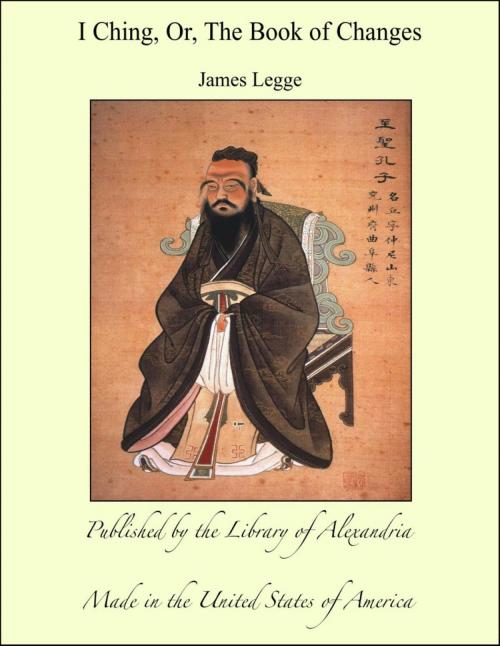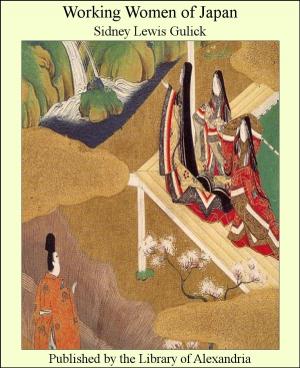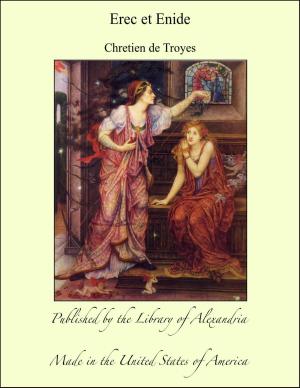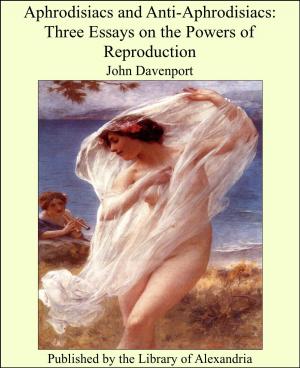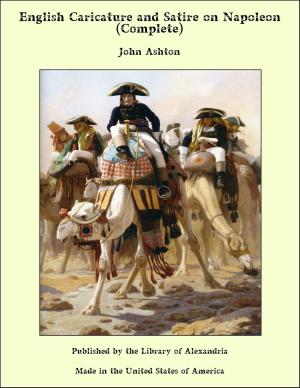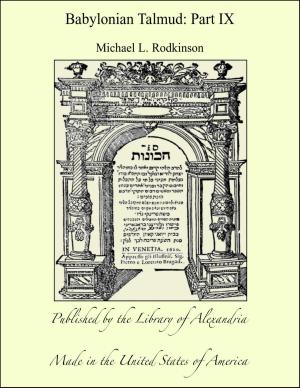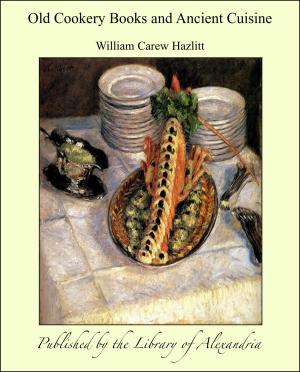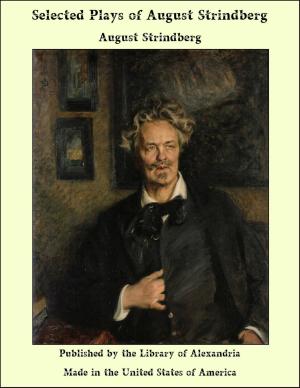I Ching, Or, The Book of Changes
Nonfiction, Religion & Spirituality, New Age, History, Fiction & Literature| Author: | James Legge | ISBN: | 9781465578679 |
| Publisher: | Library of Alexandria | Publication: | March 8, 2015 |
| Imprint: | Language: | English |
| Author: | James Legge |
| ISBN: | 9781465578679 |
| Publisher: | Library of Alexandria |
| Publication: | March 8, 2015 |
| Imprint: | |
| Language: | English |
I wrote out a translation of the Yî King, embracing both the Text and the Appendixes, in 1854 and 1855; and have to acknowledge that when the manuscript was completed, I knew very little about the scope and method of the book. I laid the volumes containing the result of my labour aside, and hoped, believed indeed, that the light would by and by dawn, and that I should one day get hold of a clue that would guide me to a knowledge of the mysterious classic. Before that day came, the translation was soaked, in 1870, for more than a month in water of the Red Sea. By dint of careful manipulation it was recovered so as to be still legible; but it was not till 1874 that I began to be able to give to the book the prolonged attention necessary to make it reveal its secrets. Then for the first time I got hold, as I believe, of the clue, and found that my toil of twenty years before was of no service at all. What had tended more than anything else to hide the nature of the book from my earlier studies was the way in which, with the Text, ordinarily and, as I think, correctly ascribed to king Wăn and his son Tan, there are interspersed, under each hexagram, the portions of the Appendixes I, II, and IV relating to it. The student at first thinks this an advantage. He believes that all the Appendixes were written by Confucius, and combine with the text to form one harmonious work; and he is glad to have the sentiments of 'the three sages' brought together. But I now perceived that the composition of the Text and of the Appendixes, allowing the Confucian authorship of the latter, was separated by about 700 years, and that their subject-matter was often incongruous. My first step towards a right understanding of the Yî was to study the Text by itself and as complete in itself. It was easy to do this because the imperial edition of 1715, with all its critical apparatus, keeps the Text and the Appendixes separate.
I wrote out a translation of the Yî King, embracing both the Text and the Appendixes, in 1854 and 1855; and have to acknowledge that when the manuscript was completed, I knew very little about the scope and method of the book. I laid the volumes containing the result of my labour aside, and hoped, believed indeed, that the light would by and by dawn, and that I should one day get hold of a clue that would guide me to a knowledge of the mysterious classic. Before that day came, the translation was soaked, in 1870, for more than a month in water of the Red Sea. By dint of careful manipulation it was recovered so as to be still legible; but it was not till 1874 that I began to be able to give to the book the prolonged attention necessary to make it reveal its secrets. Then for the first time I got hold, as I believe, of the clue, and found that my toil of twenty years before was of no service at all. What had tended more than anything else to hide the nature of the book from my earlier studies was the way in which, with the Text, ordinarily and, as I think, correctly ascribed to king Wăn and his son Tan, there are interspersed, under each hexagram, the portions of the Appendixes I, II, and IV relating to it. The student at first thinks this an advantage. He believes that all the Appendixes were written by Confucius, and combine with the text to form one harmonious work; and he is glad to have the sentiments of 'the three sages' brought together. But I now perceived that the composition of the Text and of the Appendixes, allowing the Confucian authorship of the latter, was separated by about 700 years, and that their subject-matter was often incongruous. My first step towards a right understanding of the Yî was to study the Text by itself and as complete in itself. It was easy to do this because the imperial edition of 1715, with all its critical apparatus, keeps the Text and the Appendixes separate.
